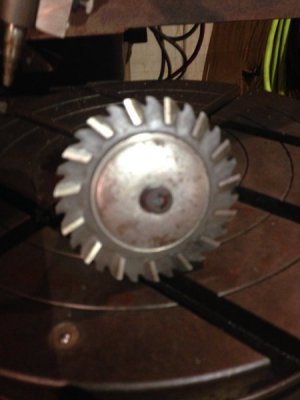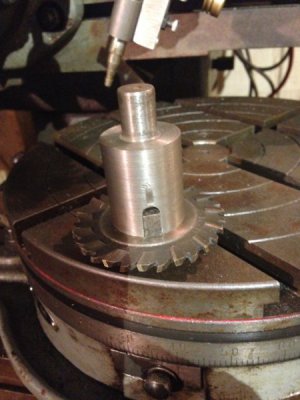- Joined
- Jan 25, 2015
- Messages
- 2,558
Howdy all.
I'm not what I would call a "machinist", but I can manage most of the things I need to make on my old atlas TH42. Mostly basic stuff.
But now I need to make some axles for my Argo. 8 of them. They look like this:
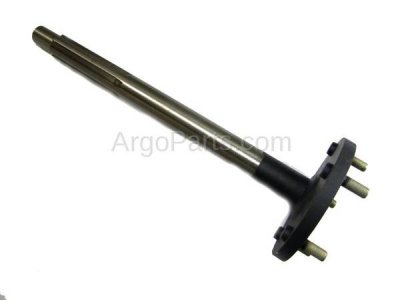
and the sprockets that go on them look like this:
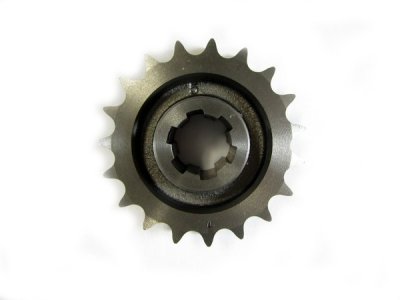
put together looks like this:
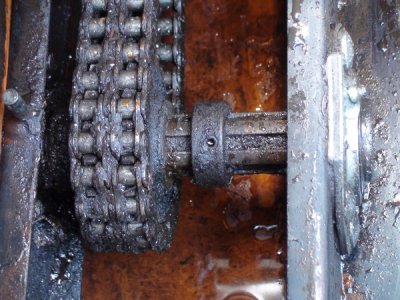
(well, maybe not quite so greasy! Lol!)
All I've got is my atlas lathe. It does have a milling attachment.
The axle is pretty basic, but the issue is those splines.
I figure I could broach them, but that's 8 axles and 6 splines per. 48 splines. Yeesh, that will take forever.
So, is there a way to cut those splines on a lathe that isn't quite so labor intensive?
I don't mind doing repetitive procedures to get them done as long as the lathe is doing most of the grunt work.
If only I had a mill......

I'm not what I would call a "machinist", but I can manage most of the things I need to make on my old atlas TH42. Mostly basic stuff.
But now I need to make some axles for my Argo. 8 of them. They look like this:

and the sprockets that go on them look like this:

put together looks like this:

(well, maybe not quite so greasy! Lol!)
All I've got is my atlas lathe. It does have a milling attachment.
The axle is pretty basic, but the issue is those splines.
I figure I could broach them, but that's 8 axles and 6 splines per. 48 splines. Yeesh, that will take forever.
So, is there a way to cut those splines on a lathe that isn't quite so labor intensive?
I don't mind doing repetitive procedures to get them done as long as the lathe is doing most of the grunt work.
If only I had a mill......


